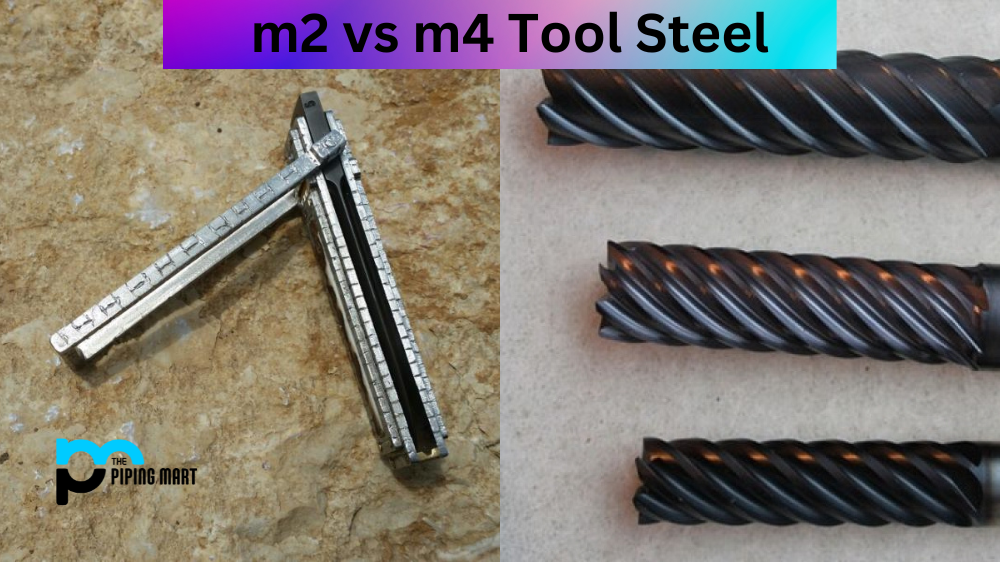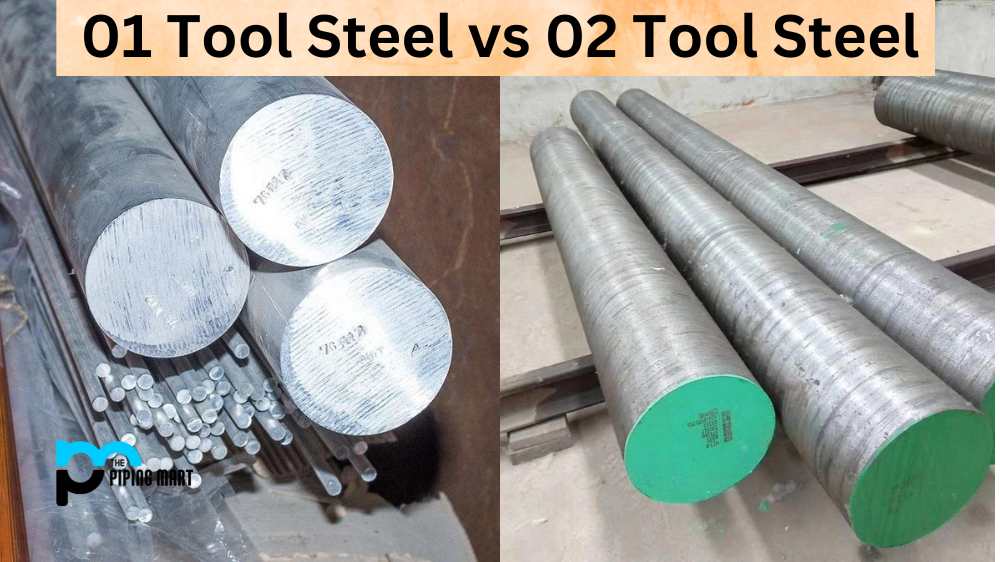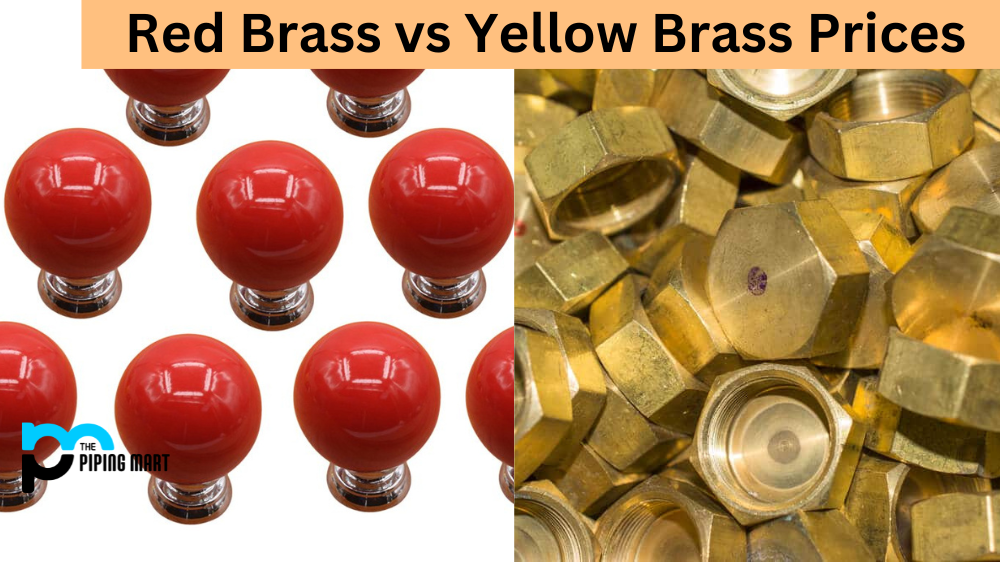Tool steel is an alloy of iron and carbon used to make tools that are highly resistant to wear and abrasion. There are different grades of tool steel, each with its own set of characteristics. Two popular grades are m2 and m4 tool steel. Let’sLet’s explore the differences between the two.
M2 Tool Steel
M2 tool steel is a high-speed version of regular tool steel. It contains more tungsten, vanadium, chromium, and cobalt than other types of tool steel, making it extremely tough and durable even in extreme temperatures. This type of tool steel also has excellent wear resistance and good machinability. It can be used for cold-forming processes as well as hot-forming processes such as die casting or forging. M2 tool steel is often used for cutting tools due to its hardening ability when heat treated correctly.
M4 Tool Steel
M4 tool steel is a medium-alloyed type of high-speed steel which provides excellent strength and toughness at elevated temperatures. This type of tool steel also has great wear resistance due to its higher carbon content than other grades of high-speed steel. In addition, M4 has better machinability than M2 because it contains less tungsten and chromium, which makes it easier to machine. It is commonly used in cold-forming applications such as milling cutters or drill bits that require high wear resistance without sacrificing strength or durability in extreme temperatures. It also works well for hot-forming processes such as forging or die casting, where a higher level of strength is needed compared to regular carbon steels.
Difference Between M2 and M4 Tool Steel
M2 and M4 tool steels are high-speed steels that contain a large amount of tungsten. M2 is a general-purpose tool steel that is typically used for cutting tools and drill bits, while M4 is a premium-grade tool steel that is designed for cutting tools that require a very sharp edge. Both steels are extremely hard and durable, but M4 is typically considered to be the better choice for cutting tools due to its superior edge retention.
Composition
M2 tool steel contains 1.8% carbon, 5% chromium, 4% molybdenum, and 8% tungsten. M4 tool steel contains 1.5% carbon, 4% chromium, 1% molybdenum, and 8% tungsten. The high concentration of tungsten in both steels gives them their high hardness and wear resistance.
Hardness
M2 tool steel has a hardness of 64 HRC, while M4 tool steel has a hardness of 66 HRC. The higher hardness of M4 results in better edge retention, but both steels are still quite hard and will hold an edge well.
Cost
M2 tool steel is typically less expensive than M4 tool steel due to the lower concentration of tungsten. However, both steels are still considered to be premium materials and will cost more than most other types of tool steel.
Uses
M2 and M4 tool steels are most commonly used for cutting tools such as end mills and drill bits. They can also be used for dies and injection moulding tools.
Conclusion:
When deciding between m2 vs m4 tool steel, it all comes down to what kind of application you need them for and the desired outcome you want from the process itself. Both types have their own strengths and weaknesses, so it’s important to consider each one carefully before making your decision based on your specific needs or preferences. For example, if you need a tough material that won’twon’t easily wear out from abrasion, then M2 may be the best choice for you; however, if you need something with better machinability, then M4 might be a better option for you instead. Ultimately, both types offer great advantages depending on your intended use, so make sure you take the time to research each one thoroughly before selecting either one for your project!
Meet Heer, a dynamic and driven writer learning tricks of her trade in the metal industry. With a background in Digital Marketing, Heer brings a unique perspective to her writing, sharing valuable insights. Apart from blogging she like reading and hiking.




